As organizations double down on investments in ESG, the importance of storytelling grows ever-clearer. Too often, conversations about ESG get bogged down in technical jargon and opaque concepts far removed from an organization’s day-to-day operations—let alone the people who make up the organization and the people it serves.
To bring ESG down to earth, corporate real estate leaders tasked with executing initiatives in this space need to find its human side.
In a discussion at WorkSpaces in San Diego, a group of workplace leaders—and one distinguished artist—unpacked their own unique approaches to bringing ESG to life. Moderated by Bryan Parker, Director of Workplace Strategy & Design at PwC, the conversation featured Joanna Friesen Toler, VP, CRE & Design & Construction at Amegy Bank; Liz Powers, Co-founder & CEO at ArtLifting; and Quána Madison, a multi-disciplinary artist and well-being advocate.
Making Your Values Visible
Look no further than Kimiko Green for an illustration of ESG’s power to build human bonds while solving a business’s problems.
With the reality that 17 billion pounds of furniture gets tossed in a landfill every year, a group of over 100 facilities and real estate leaders came together to form a community in recent years to provide resources and a network to come up with solutions to the problem — and Kimiko Green was born. The reality is many organizations simply don’t have the resources to do anything else with their unused furniture. A little bit of teamwork, as they say, makes the dream work. 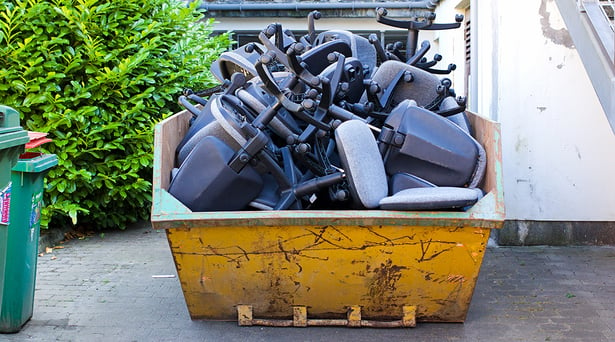
“I'm not gonna be able to figure that out on my own,” Friesen Toler said. “As Kimiko Green started, we realized all of us have that problem. So why not help each other?”
As Powers explained, ArtLifting’s rental program is designed to help businesses create spaces that foster creativity and human connection. It intentionally curates collections that reflect different ideas and communities, like black artists or artists impacted by disabilities and housing insecurity. These collections give ArtLifting’s clients—which include Google and Bank of America—the opportunity to showcase the very communities that drive their success, while also supporting underrepresented artists.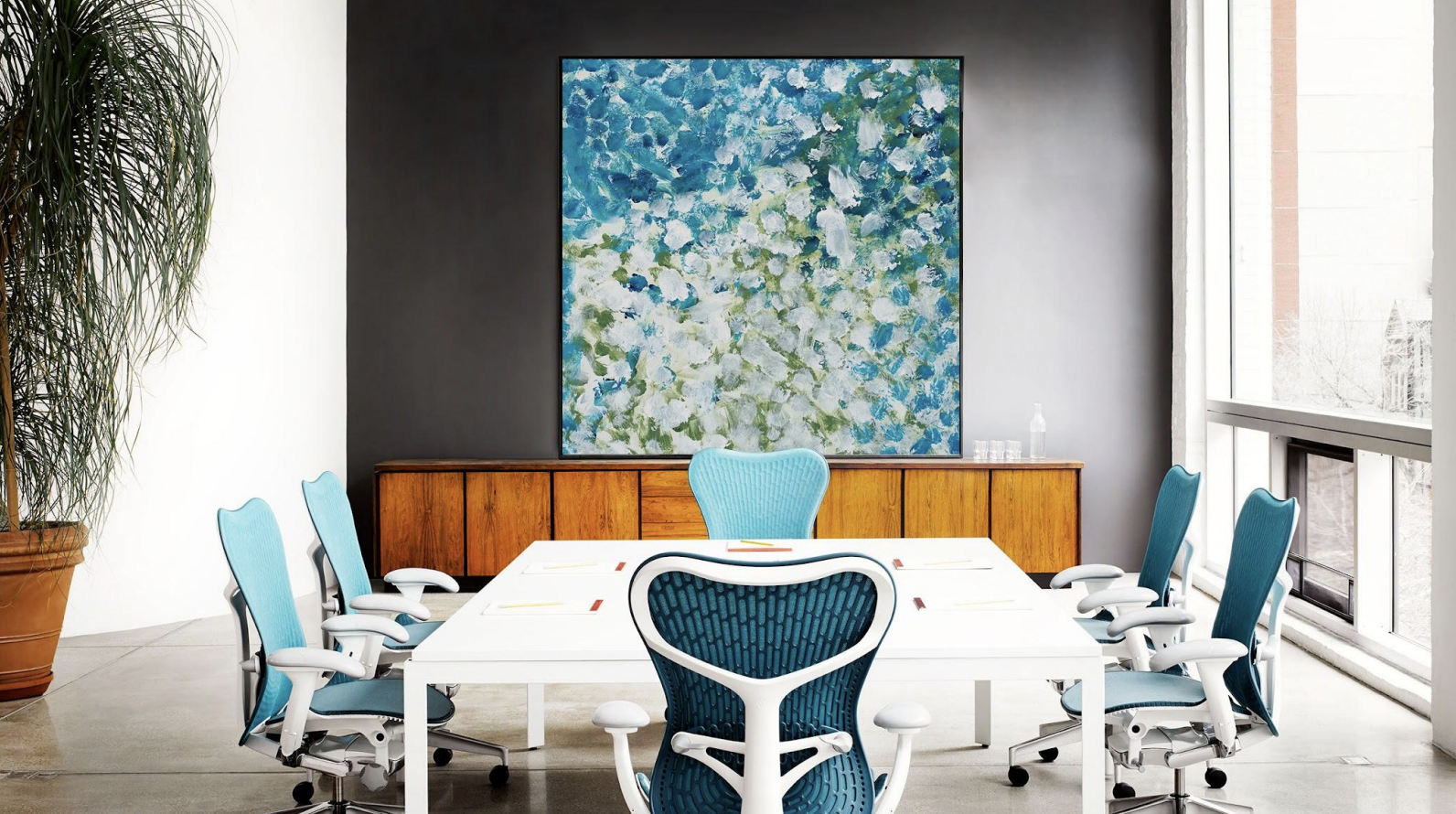
“One of the most popular things since Covid that our clients have wanted is the chance to rent artwork,” Powers said. “They want to support and represent the diversity of their employees. One of our clients just purchased a rental program of $3 million for one building to show the importance of making their values of diversity visible.”
Parker attested to ArtLifting’s power to start conversations with art, citing reactions from construction workers in PWC’s own offices.
“I have never seen those types of people stop in a corporate office to admire art until we started using ArtLifting’s art,” he said. “They engage in conversation, and then our people do the same thing. It opens up that possibility then to talk about differences, to talk about mental health, to talk
about disabilities in a whole new way.”
The Nourishing Power of the Arts
Quána Madison, one of the artists ArtLifting partners with, joined the panelists onstage to describe her own experiences as an artist. After suffering a series of life-threatening medical issues that devastated her mental health and left her homeless, she turned to art as she rebuilt her life. 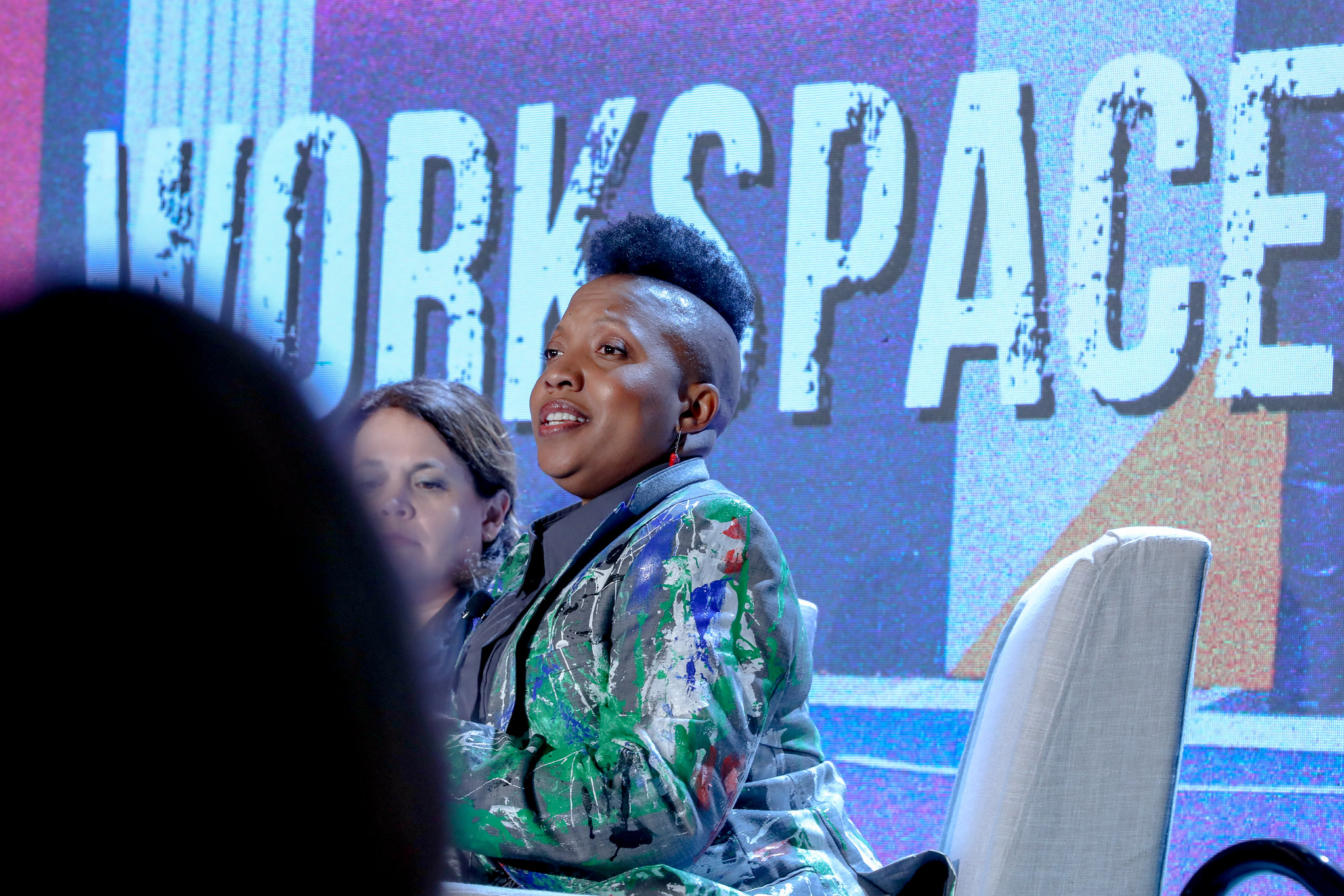
“That's when I discovered the power of the arts,” she recalled. “The ways that it can nourish well-being for folks on a physical, mental, emotional, spiritual, and communal level. For me, art-making—and arts experiences, and looking at artwork really—became an essential ingredient in my recovery journey, in my healing, in my ability to cope.”
She’s not alone in finding art a vital means of recovery. As it turns out, ample research demonstrates that art has very real physiological benefits.
“It can help lower blood pressure, it can reduce stress, it can boost mood, and help your brain produce chemicals like serotonin and dopamine to make you feel better,” Madison said.
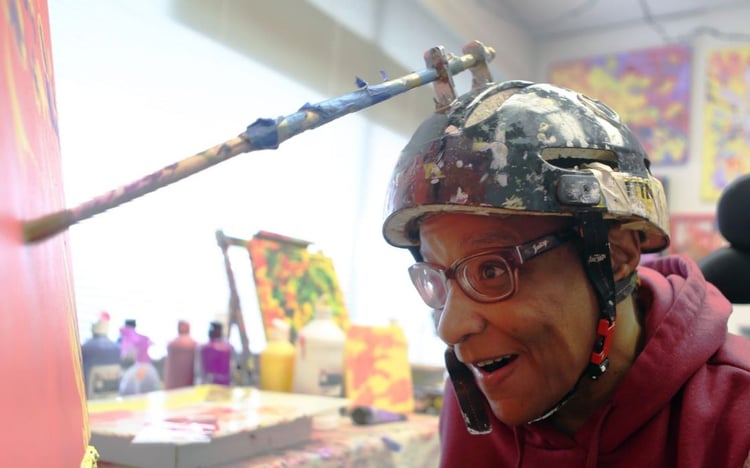
As she dedicated herself to her practice, she began selling her pieces and eventually connected with ArtLifting. “Through their incredible support, I've been able to have an outreach and an impact on levels that I never imagined,” she said. “My art is in over 300 locations—Bank of America, Goldman Sachs, Google, PWC have all acquired my art pieces.”
The impact on Madison's own health and livelihood has been immense, though she stressed that art’s benefits aren’t just for the people who make it.
“If we don't activate our imagination and creativity, regardless if you identify as an artist or not, it's hard to envision new possibilities,” she said. “But if you do activate that, it can also help your people feel more hope.”
“Don’t underestimate the ways that looking at an art piece might actually help inspire some of your colleagues or yourselves,” she concluded. “Activating creativity that can then change and transform into innovative thinking and creative solutions.”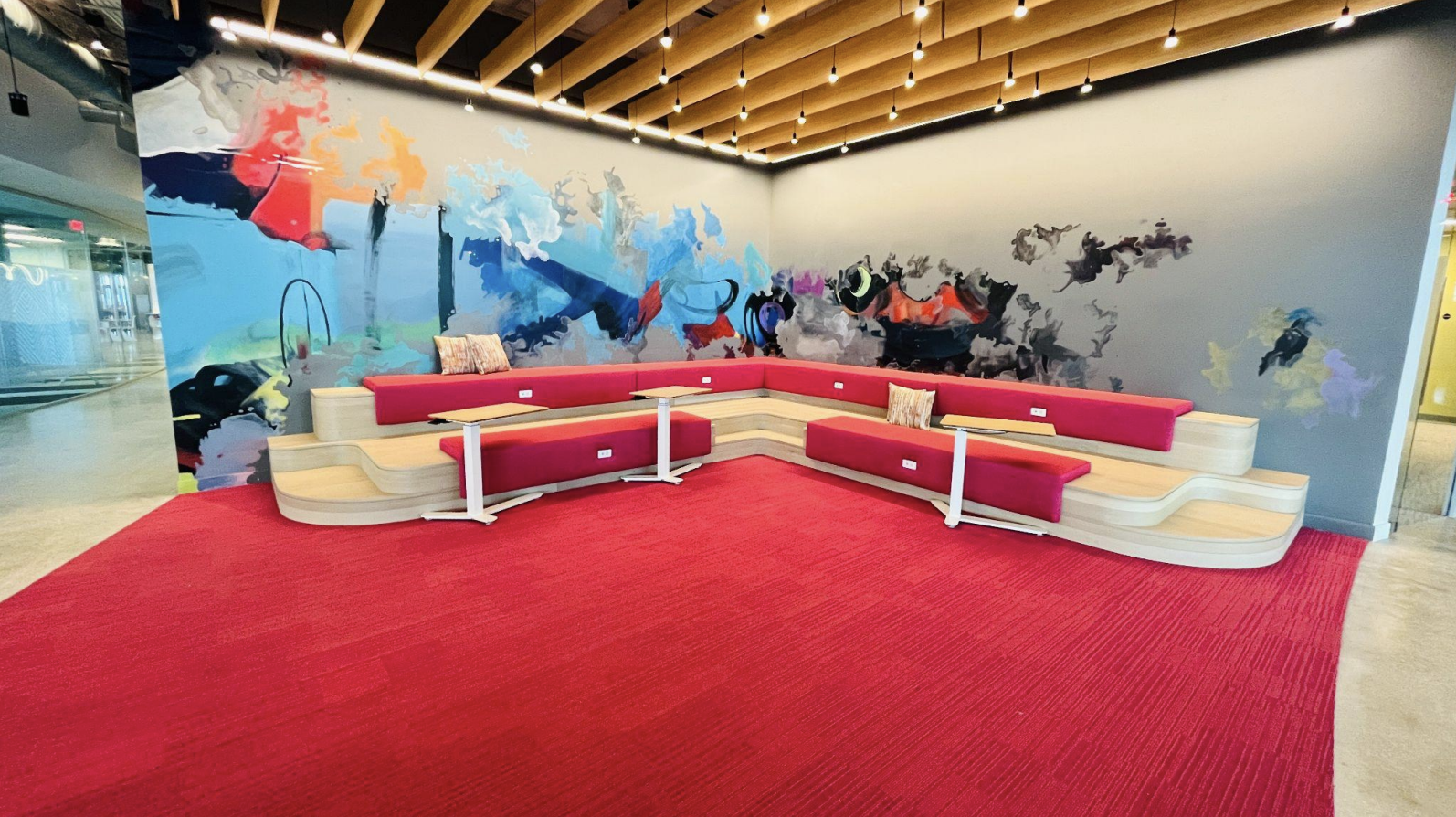
Create Spaces Where People Want to Be
So, what exactly does it mean to humanize ESG? For both Powers and Friesen Toler, the answer is pretty much in the word itself: it’s about being human.
“To me, humanizing ESG means not just saying, ‘Okay, we're hitting these metrics that we need to hit,’ but being intentional,” Powers said. It means creating a vibe, creating a space where people want to be—not just to take photos, but a warm and inviting space that leads to conversations and innovation.”
Friesen Toler offered a similar perspective, explaining that she approaches her design work as a way of engaging with her community.
“The idea that I could buy art from the community [as an example] and put it in a space—that’s a win for everybody,” she said. “It's a win for our ESG score, it's a win for our PR, and it’s a win for the communities as well.”
She added that, done right, ESG initiatives aren’t just hollow promises to do good but very practical commitments that benefit both a business and its employees.
“What you're doing is building the business case for what's right. And if we can do that, some of the efforts that are on the more human side—that make us feel good and make our employees feel good—can become a lot easier,” Friesen Toler said.

Posted by
Join us at WorkSpaces!
The retreat for corporate real estate and workplace innovators.
Oct 4-6, 2026 | Santa Barbara, CA


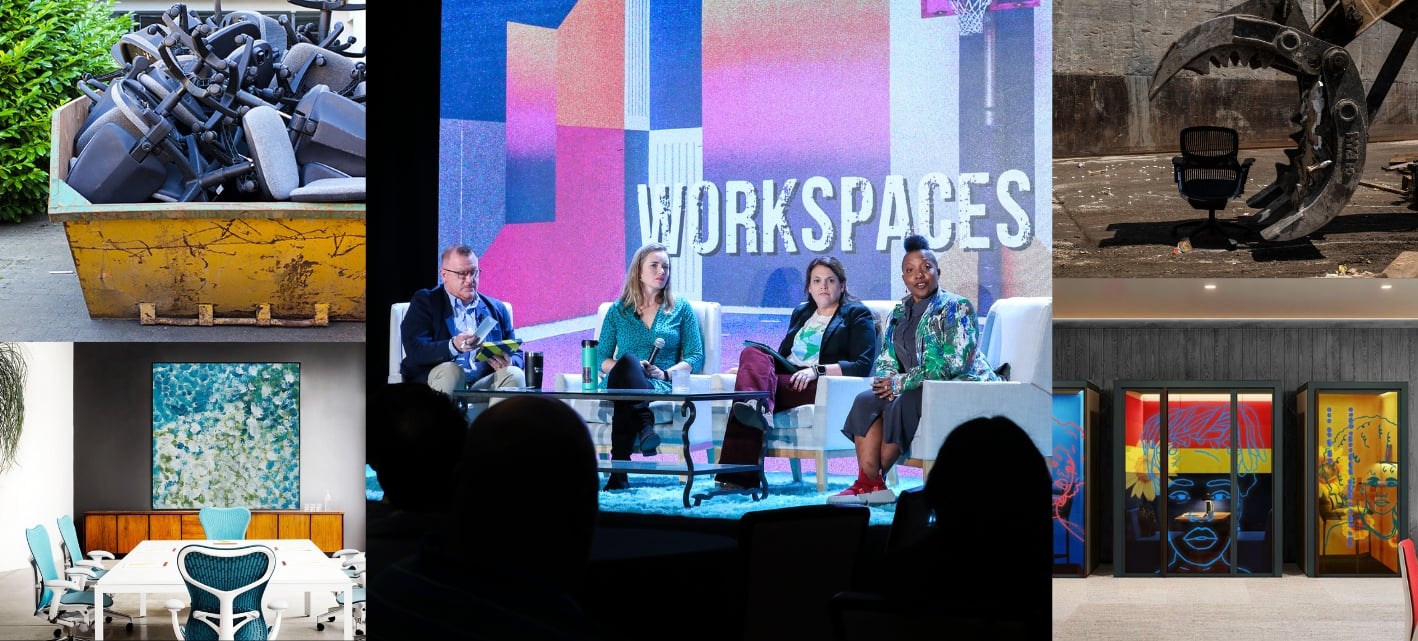

-3.png)
-3.png)
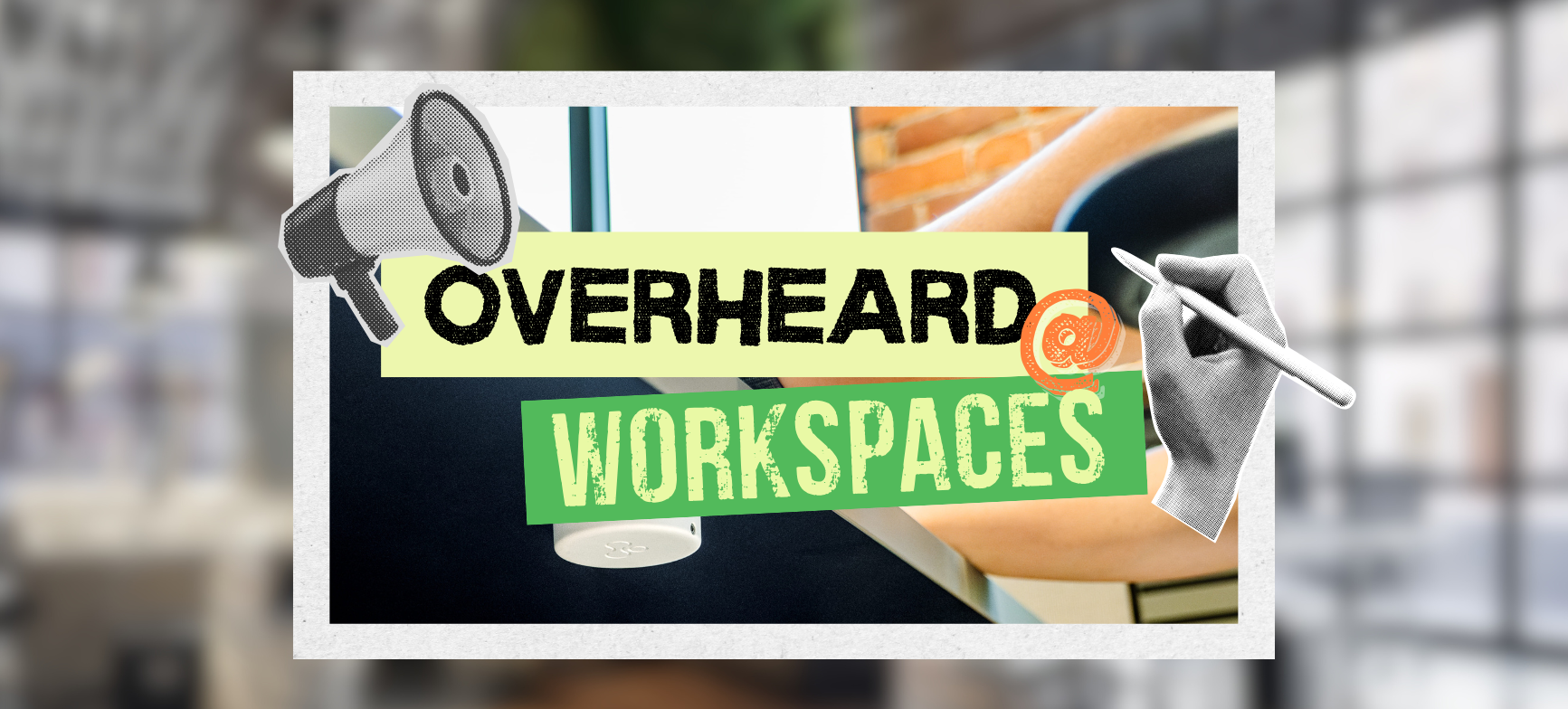
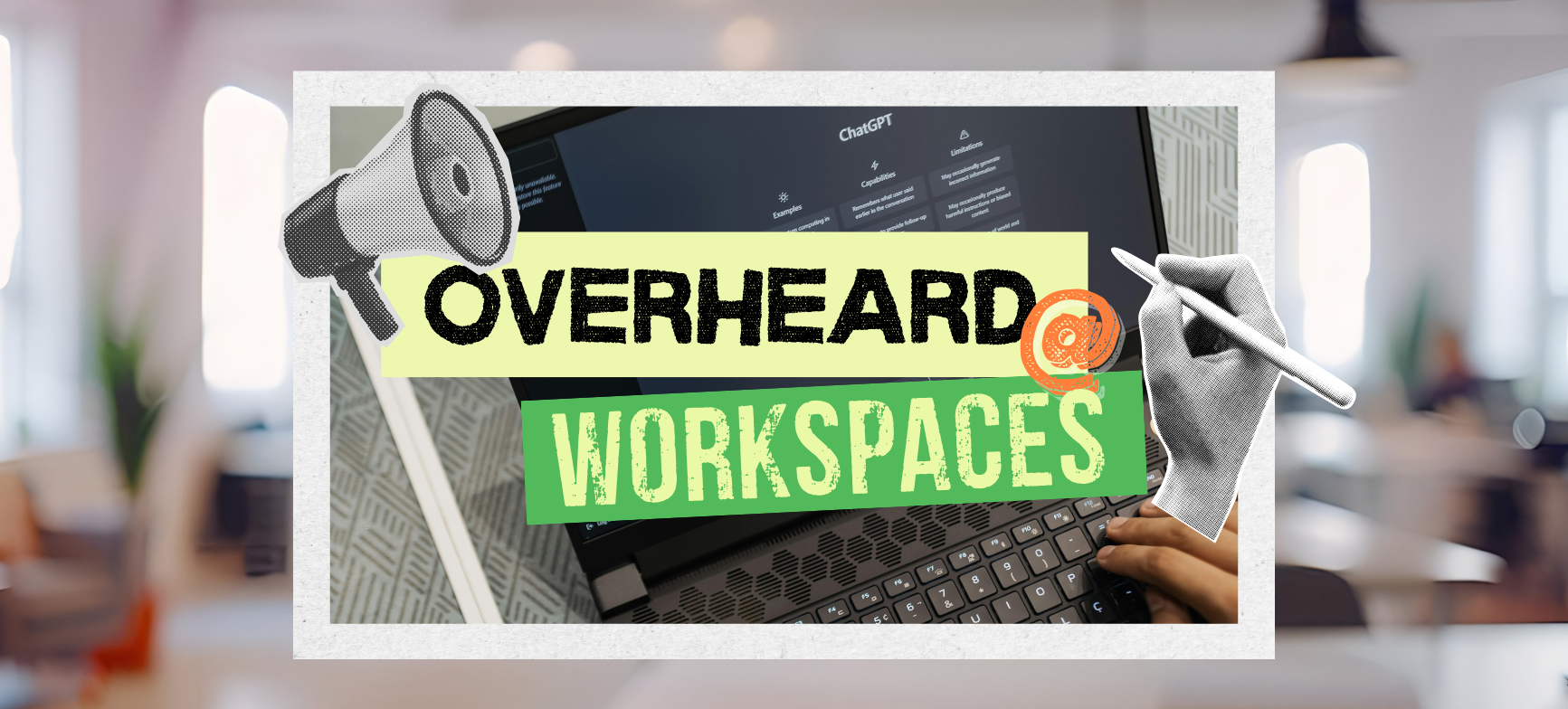
-2.png)

Comments